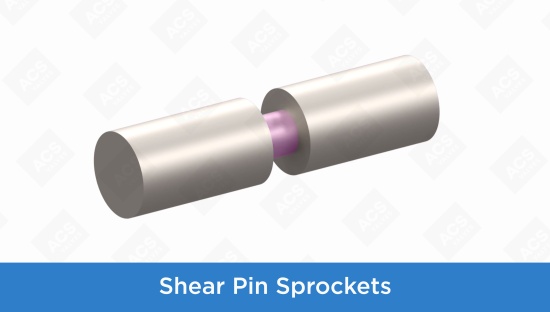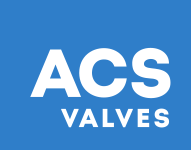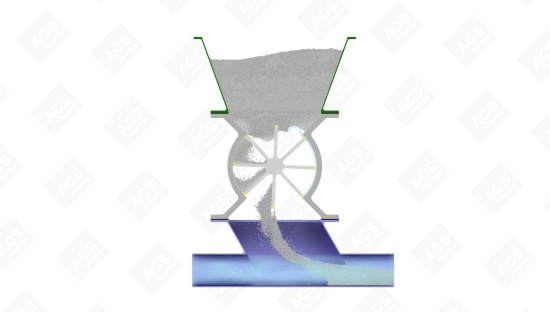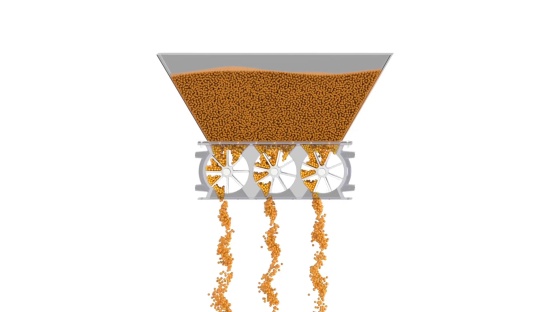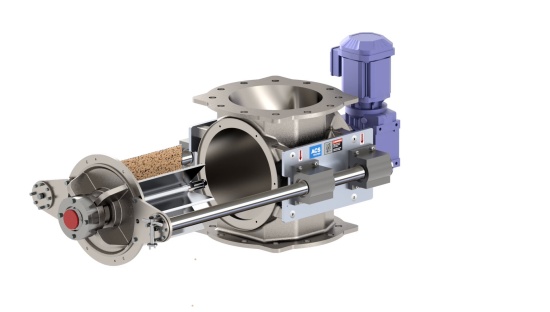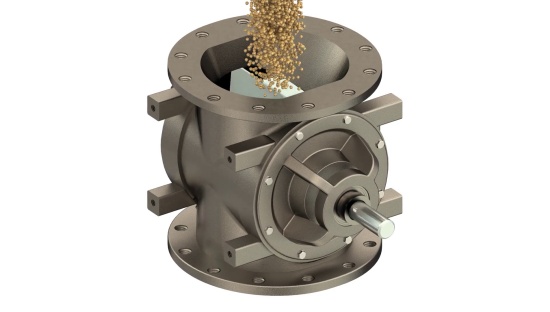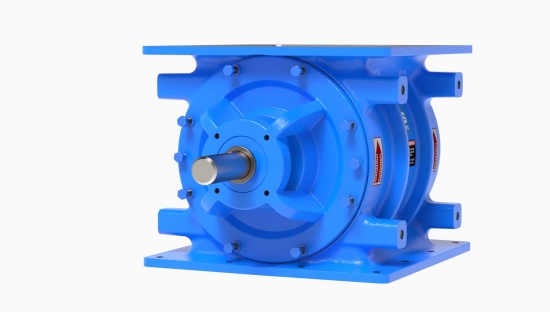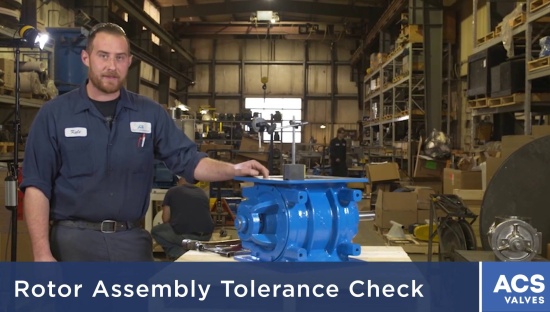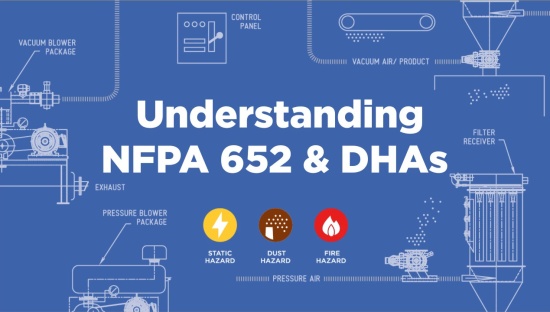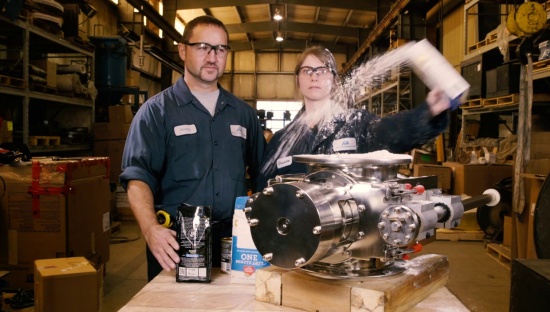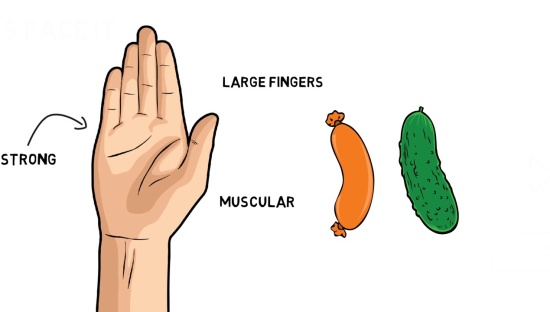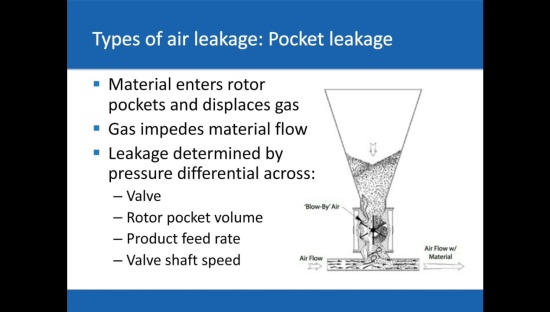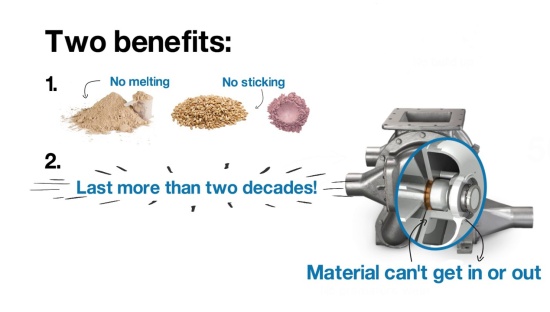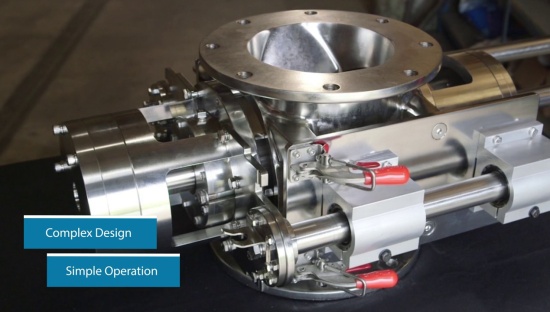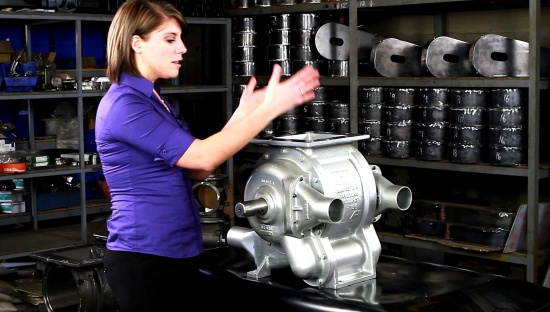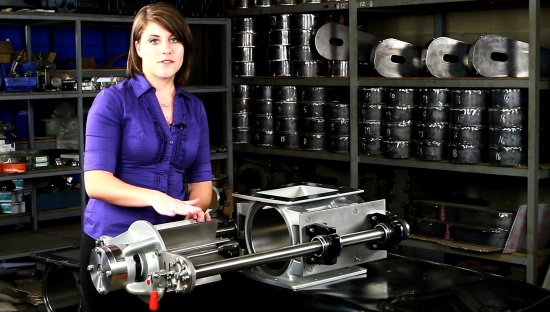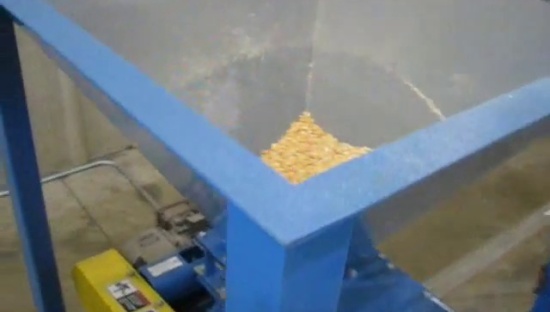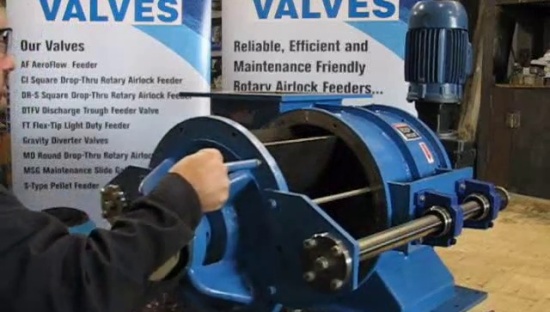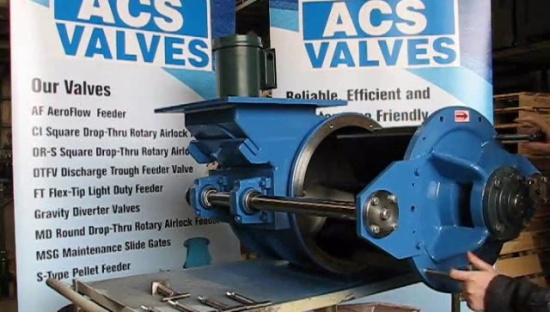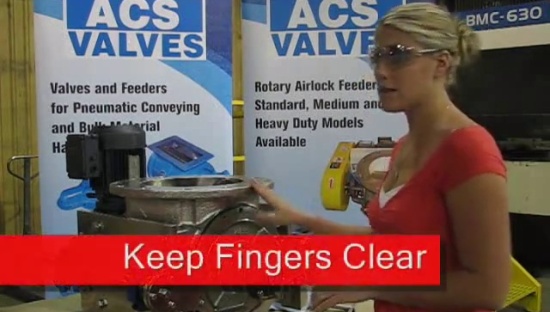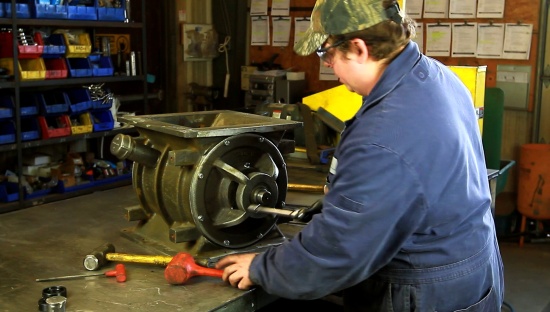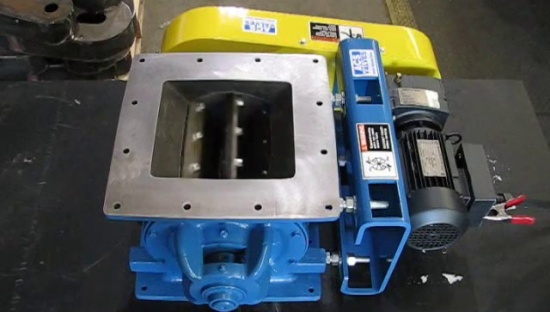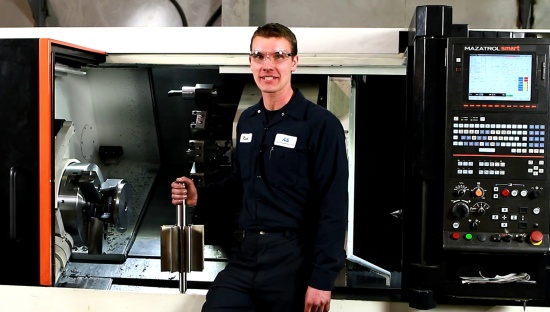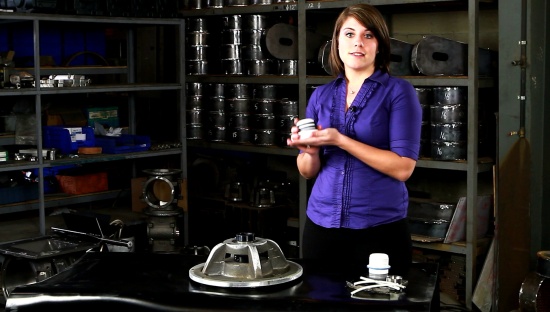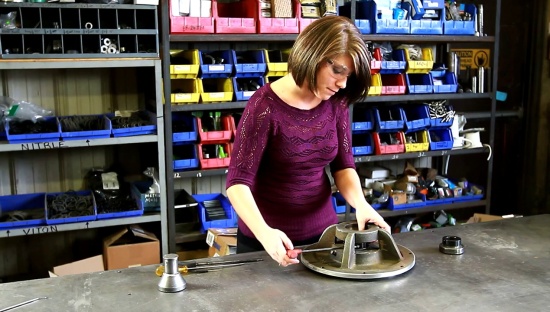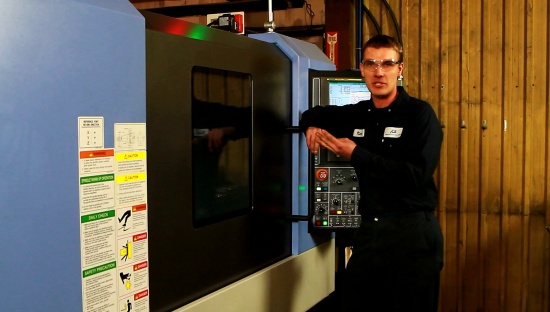See the Multi-Port Valve at work in 3D
Learn about the features of our Multi-Port rotary airlock valve as it conveys high volumes of material in different conveying scenarios: one line, split feeds, and varying types of equipment.
0:03
This is a new family of products developed exclusively at ACS Valves, the Multi-Ports. Instead of a trough feeder valve with a very elongated rotor, we have 2, 3, or 4 airlock ports in one unit, all of which use our standard rotors. This allows you to keep tight NFPA clearances while maintaining large flow-through capacities and eliminating most downtimes. Multi-Port opening sizes are available in 12 by 24 inch, 12 by 36 inch, and 12 by 48 inch areas.
0:37
The Multi-Port family uses our easy to order common parts with these new special housings. Let's look at the many advantages of this new Multi-Port family. Here we are seeing the 12 by 36 inch, 3-valve Multi-Port in action. Having more than one rotor available allows for intermittent feeds. These separate airlock ports make it possible to not run all the rotors at the same time. You can feed up to four completely different conveying systems with our 12 by 48 inch multi port. Or you could have one elongated discharge blow-through adapter to feed just one system.
1:20
Here we are showing our 12 by 36 inch Multi-Port. The Multi-Port can break up very large pneumatic conveying systems into smaller, more manageable systems. Perhaps the most important development is the ability to split a large capacity valve into independent feeds. These different flows can also be directed in different directions. Today we are often faced with using large blower packages.
1:45
The Multi-Port gives the opportunity to break these into smaller systems that are more manageable for spare part components and downtime.
2:02
Next, let's look at the discharge going to a common conveyor feeder. A potential breakdown in one of the airlocks doesn't stop the others from feeding due to the independent drives and separated airlock compartments.
2:22
This way you are never fully out of action, and it is much easier to access any affected replacement parts.
2:38
Here we are seeing the 12 by 24 inch double airlock Multi-Port valve in action.
2:45
Two conveyors are attached, which direct the feed to two different locations. Either of these two feeds can be switched on or off.
2:53
To sum up, the compact design of the Multi-Port allows, in the case of a silo or dust collector, a shorter stack up height. You can easily keep tight NFPA clearances while still using our standard rotors. Now you have more guaranteed flow-through over any time period, and the separated outflows can be directed at will. Visit acsvalves.com to learn more about our exclusive new Multi-Port product family.
More Videos
-
![How shear pin sprockets prevent damage to your valve]() How shear pin sprockets prevent damage to your valve
How shear pin sprockets prevent damage to your valveWatch the video to see how shear pin sprockets can help you avoid unnecessary downtime and parts replacements.
-
![Why is rotor maintenance so important?]() Why is rotor maintenance so important?
Why is rotor maintenance so important?Rotor tips wear down over time, causing issues with material flow. Our video illustrates why rotor maintenance is so critical to the overall efficiency of your rotary airlock valve.
-
![See the Multi-Port Valve at work in 3D]() See the Multi-Port Valve at work in 3D
See the Multi-Port Valve at work in 3DLearn about the features of our Multi-Port rotary airlock valve as it conveys high volumes of material in different conveying scenarios: one line, split feeds, and varying types of equipment.
-
![Steps to Clean Your Quick-Clean Rotary Valve]() Steps to Clean Your Quick-Clean Rotary Valve
Steps to Clean Your Quick-Clean Rotary ValveCleaning a Quick-Clean rotary valve is simple! This animation offers a step by step instruction on how to do it.
-
![A 3D view of material flow in an MD Series rotary airlock valve]() A 3D view of material flow in an MD Series rotary airlock valve
A 3D view of material flow in an MD Series rotary airlock valveWatch a quick 3D demonstration of material flow and pocket fill in an MD series rotary airlock valve. The video is silent.
-
![Drive Side Endplate Removal for ACST-4 Seals]() Drive Side Endplate Removal for ACST-4 Seals
Drive Side Endplate Removal for ACST-4 SealsNeed a guide to removing the drive side endplate on your ACST-4 seals? Watch a quick visual breakdown of the process. The video is silent.
-
![ACS Valves: It Will Fit]() ACS Valves: It Will Fit
ACS Valves: It Will FitOur valves will fit literally anywhere. Watch the video to find your industry.
-
![Rotor Assembly Tolerance Check]() Rotor Assembly Tolerance Check
Rotor Assembly Tolerance CheckKeep valves compliant by ensuring rotor-to-housing clearance stays below 0.0079.
-
![What you need to know about DHAs and NFPA 652]() What you need to know about DHAs and NFPA 652
What you need to know about DHAs and NFPA 652Every material is different, so every valve has to be designed to handle each combustible dust in order to prevent deflagration.
-
![Will it clean?]() Will it clean?
Will it clean?We talk a lot about how easy it is to clean our valves. Watch as we put our dinner into one of our valves and then clean it up!
-
![Yes, you have to remove our endplates to replace the shaft seal]() Yes, you have to remove our endplates to replace the shaft seal
Yes, you have to remove our endplates to replace the shaft sealWe're facing our critics head on.
-
![Understanding Airlocks: The key to increasing ROI]() Understanding Airlocks: The key to increasing ROI
Understanding Airlocks: The key to increasing ROILearn the fundamentals of airlock performance, how to minimize air leakage and how improve efficiency.
-
![How to convey sticky material with a blow-through]() How to convey sticky material with a blow-through
How to convey sticky material with a blow-throughWhen conveying sticky material, you can get the benefits of a blow-through without the premature wear.
-
![Why you can't afford an unreliable valve]() Why you can't afford an unreliable valve
Why you can't afford an unreliable valveChoosing the right rotary valve can improve your productivity. Choosing the wrong one can do the opposite.
-
![Make cleaning suck less with our Quick-Clean valve on RotorRails™]() Make cleaning suck less with our Quick-Clean valve on RotorRails™
Make cleaning suck less with our Quick-Clean valve on RotorRails™Cleaning is the worst! Make it better. Watch this video to learn how.
-
![See the Quick-Clean valve in all its glory]() See the Quick-Clean valve in all its glory
See the Quick-Clean valve in all its gloryComplex in design but simple to operate, this glamorous valve model has some serious performance to back it up.
-
![Aero-Flow Pneumatic Rotary Feeder Valve]() Aero-Flow Pneumatic Rotary Feeder Valve
Aero-Flow Pneumatic Rotary Feeder ValveA feeder valve for sticky and abrasive materials combines pressurized air with the dry bulk material.
-
![Quick-Clean Rotary Valve Demonstration]() Quick-Clean Rotary Valve Demonstration
Quick-Clean Rotary Valve DemonstrationEnables quick, tool-less access to the rotor and the interior of the housing for cleaning.
-
![ACS Valves Rotary Airlock Valve Test Center]() ACS Valves Rotary Airlock Valve Test Center
ACS Valves Rotary Airlock Valve Test CenterOur test center is designed to test your materials to determine which airlock valve/feeder is best suited for your application.
-
![ACS Valves Quick Clean Feeder - Pellet Feeder]() ACS Valves Quick Clean Feeder - Pellet Feeder
ACS Valves Quick Clean Feeder - Pellet FeederACS Valves Quick Clean Feeder on Rails is designed for quick take apart applications.
-
![Quick-Clean Rotary Valve]() Quick-Clean Rotary Valve
Quick-Clean Rotary ValveThis valve can be taken apart, cleaned and reassembled in just minutes hassle free!
-
![ACS Quick-Clean Airlock/Feeder]() ACS Quick-Clean Airlock/Feeder
ACS Quick-Clean Airlock/FeederThe Quick Clean feeder is easy to disassemble and reassemble, in as little as 2 minutes.
-
![ACS Valves Standard Valve Assembly]() ACS Valves Standard Valve Assembly
ACS Valves Standard Valve AssemblyThis simple rotary valve re-assembly sequence shows the significant labor and downtime savings associated with this rotary valve design
-
![ACS Valves Airlock Testing Process]() ACS Valves Airlock Testing Process
ACS Valves Airlock Testing ProcessEach rotary valve goes through a thorough inspection process before leaving ACS.
-
![ACS Valves CNC Turning Center]() ACS Valves CNC Turning Center
ACS Valves CNC Turning CenterACS Valves production operations include casting of rotary valve housings and the CNC machining of the housings.
-
![ACST-4 Glandless Shaft Seal versus Packing Gland Seals]() ACST-4 Glandless Shaft Seal versus Packing Gland Seals
ACST-4 Glandless Shaft Seal versus Packing Gland SealsEliminates the need for conventional packing gland-style shaft seals.
-
![ACST-4 Glandless Shaft Seal Removal Sequence]() ACST-4 Glandless Shaft Seal Removal Sequence
ACST-4 Glandless Shaft Seal Removal SequenceACST-4 Glandless Teflon Shaft Seal can be easily removed and reassembled in just a few minutes using basic hand tools.
-
![ACS Valves Vertical CNC Machining Center]() ACS Valves Vertical CNC Machining Center
ACS Valves Vertical CNC Machining CenterProduction operations include CNC machining of rotor blades, rotor adjustable tips, slide-gate parts, inspection panels, and metering-s
Go ahead, make your valve
Put your own spin on our customizable valves to get the best valve for your application, material and industry.

Why do rotary valves have coatings?
For most dry bulk processing applications, valve coatings save you time and money by minimizing maintenance and downtime. Here’s how.
